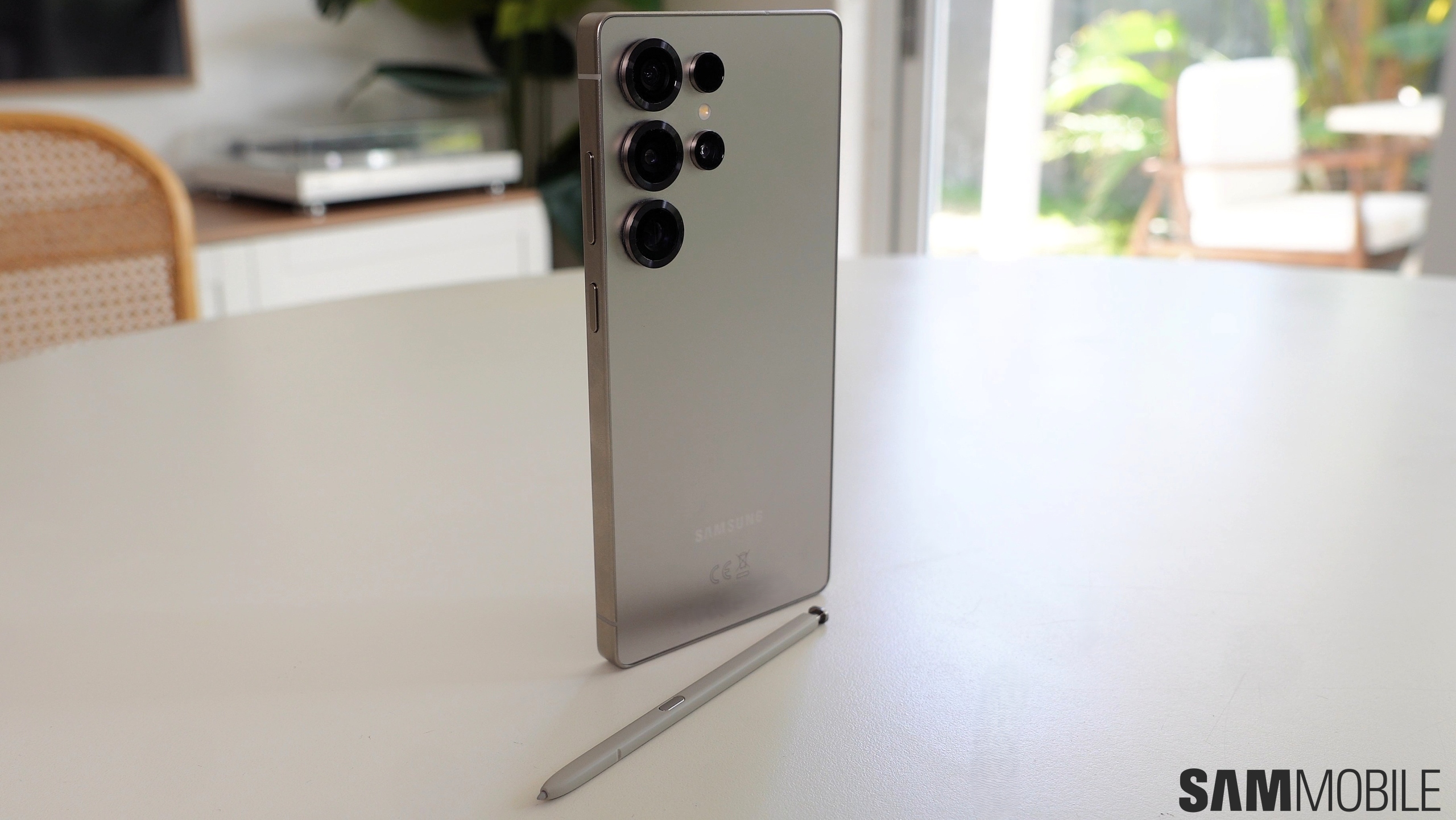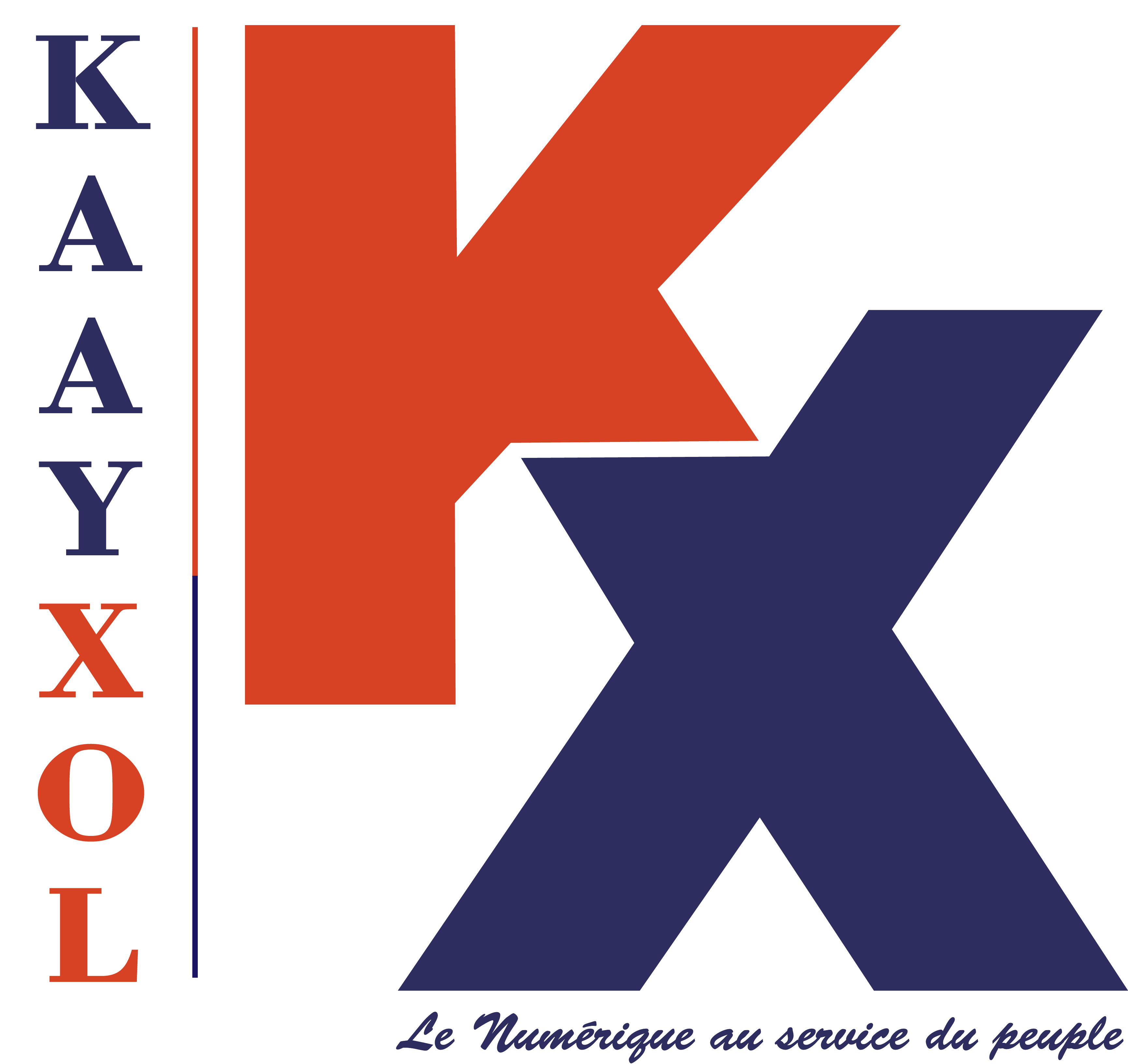Notifications
Posted by - Support KAAYXOL -
on - 6 hours ago -
Filed in - Technology -
-
3 Views - 0 Comments - 0 Likes - 0 Reviews

The Galaxy S25 Ultra camera system is powerful enough for virtually everyone to be at least satisfied with the results, whether it's mobile photography or videography.
Even so, Samsung's latest flagship phone does not use the most competent camera hardware Samsung has in its tool belt. The company could have applied its bonkers 200MP ISOCELL HP9 telephoto lens to the Galaxy S25 Ultra, but it hasn't.
Why is that? After all, Samsung is selling the 200MP HP9 sensor to its rivals. Why not use it for the flagship Galaxy S25 Ultra model?
Needless to say, the tech giant hasn't said anything specific on the matter or explained its decision process, but that hasn't stopped industry watchers from attempting to solve the puzzle and provide some answers. And according to tipster @UniverseIce, Samsung's decision has to do with numbers and its competition, or lack thereof.
In short, even though some of Samsung's rivals use the ISOCELL HP9 telephoto camera on some of their most ambitious devices, they're not raking in sales. Roughly speaking, sales recorded by other “Ultra” phone brands combined don't exceed Galaxy S Ultra sales.
The tipster says the phones that use the ISOCELL HP9 are “muscle-showing products, not main models.” In other words, they're not manufactured or sold in huge quantities, and they're not helping companies make a substantial profit. They're designed to increase brand visibility more than anything, but they don't quite compete with Samsung's Ultra phones on a global scale. They are half production units and half tech demos that can potentially fuel discussions in the media.
On the other hand, numbers show that Samsung doesn't actually have a lot of pushback or competition from its rivals. Not in terms of global presence and revenue. The formula Samsung's rivals use doesn't guarantee global sales, and Samsung sees no reason to follow in their footsteps and borrow their ideas.
Furthermore, Samsung highly values its design process in this day and age. It puts much more emphasis on form and the overall user experience. As the insider says, powerful cameraphones from other Android brands have massive camera housings but lack sales. The ISOCELL HP9 is an extremely thick sensor. And Samsung isn't going to jeopardize all the work it put into its design and design identity over the past few years only to show off and demonstrate to its rivals that it, too, can push boundaries when global-scale production isn't a critical factor.
The story concludes after our Galaxy S25 Ultra video
It is worth noting that Samsung seems more willing to experiment with non-global products than it did a year ago. Or at least, you could say that the Galaxy Z Fold Special Edition was Samsung's first attempt at a limited-reach show of force, and the upcoming Galaxy S25 Edge might be its next one. We'll have to wait and see about that.
In any case, Samsung likely won't change its ways without serious incentives. The company seemingly devised a long-term plan that has other priorities in mind, such as streamlined designs, elegance, AI experiences, and user-friendliness, and the plan seems to be working fine.
The post Why Galaxy S25 Ultra doesn’t use Samsung’s best camera hardware appeared first on SamMobile.

